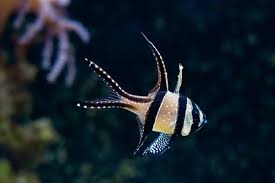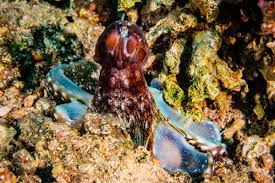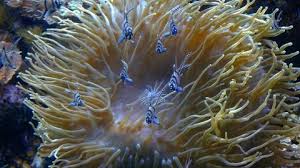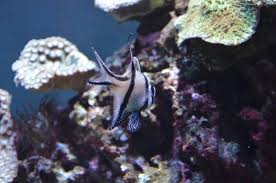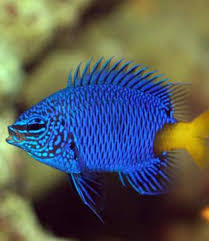The Dragon in Chinese Mythology: A Symbol of Resurrection and Rebirth
The dragon, a majestic and powerful creature, holds a prominent place in Chinese mythology. Revered as a symbol of strength, authority, and fortune, the dragon also embodies deeper concepts such as resurrection and rebirth. In Chinese culture, dragons are not only mythological figures but also symbolic representations of cosmic forces, spiritual renewal, and the cyclical
